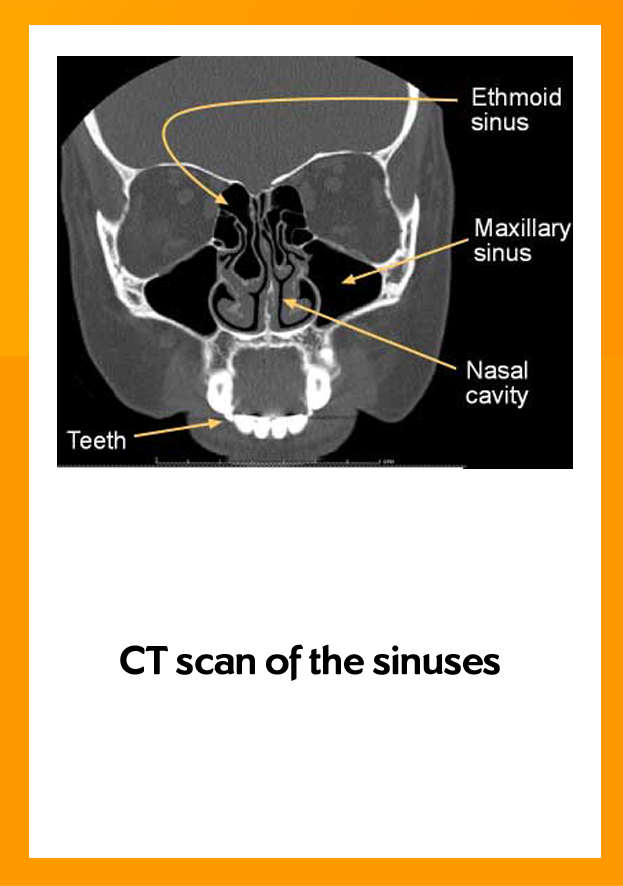Mr William Flannery BM BS FRCS(ORL-HNS)
Sinus & nasal surgery
The role of surgery
Approximately 70% of sinusitis sufferers respond to a long course of medication (saline douch, antibiotics and steroids). Where symptom control is inadequate despite this, surgery may be considered.
Sinus drainage and straightening the partition down the centre of the nose (septoplasty) can deliver the following benefits:
- Surgery is very good for facial pain and nasal block.
- The combined operations of sinus drainage and septoplasty improve delivery of medication and reduce the severity and frequency of future colds.
- Improvement of the nasal airway and proper ventilation of the sinuses makes control of secretions much easier.
Elements of the procedure
- The operation is performed under hypotensive (low blood pressure) general anaesthesia and lasts around 90 minutes. I perform the procedure as a day case with discharge usually between 6pm and 8pm.
- All the operating is done through the nostrils. There are no external scars and no black eyes. The external appearance of the nose is unchanged.
- Septoplasty involves removing the bent areas of the central cartilage and bone. The mucosal lining then falls back into the midline so restoring the airway on both sides.
- Septoplasty involves removing the bent areas of the central cartilage and bone. The mucosal lining then falls back into the midline so restoring the airway on both sides.
- Sinus surgery is done endoscopically because the sinuses are so small. Endoscopic sinus surgery was developed in the 1990s. It was probably one of the first keyhole procedures to be developed. I use special optical rods (endoscopes) to visuallise the sinuses and open them up so that they drain freely into the nose.
Complications
Over 30 years, endoscopic surgery in the nose has become very safe.
- During the operation, I continually monitor for fat by putting all material removed from the sinuses in a saline pot. Nasal mucosa sinks in saline. Occasionally, a minute fragment of the egg shell-like lining of the eye socket comes away with the lining of the sinus. This usually has fat attached to it which floats. Sometimes I have to stop the sinus surgery if I detect fat and the hypotensive anaesthetic is not giving a good enough surgical field. Detecting fat can sometimes be associated with a minor black eye but this is rare.
- I cannot continue sinus surgery if there is extensive, microscopic ooze because the patient is not responding to the hypotensive anaesthetic. This is rare.
- Immediate, post-operative complications include nose bleeds requiring return to theatre (very rare) and the occasional reaction to the hypotensive anaesthetic (very rare) which responds to medications given by the anaesthetist.
- Re-admission with nose bleed after discharge is also rare. However blood steaking on the tissue or hankerchief is common for some days after the operation. It settles without treatment.
- Post-operative infections however are quite common. These occur in about 1 in 5 patients and respond to antibiotics from the GP.
- Numbness of the nasal tip and upper incisors is uncommon and resolves spontaneously with time.
Post-op analgesia

